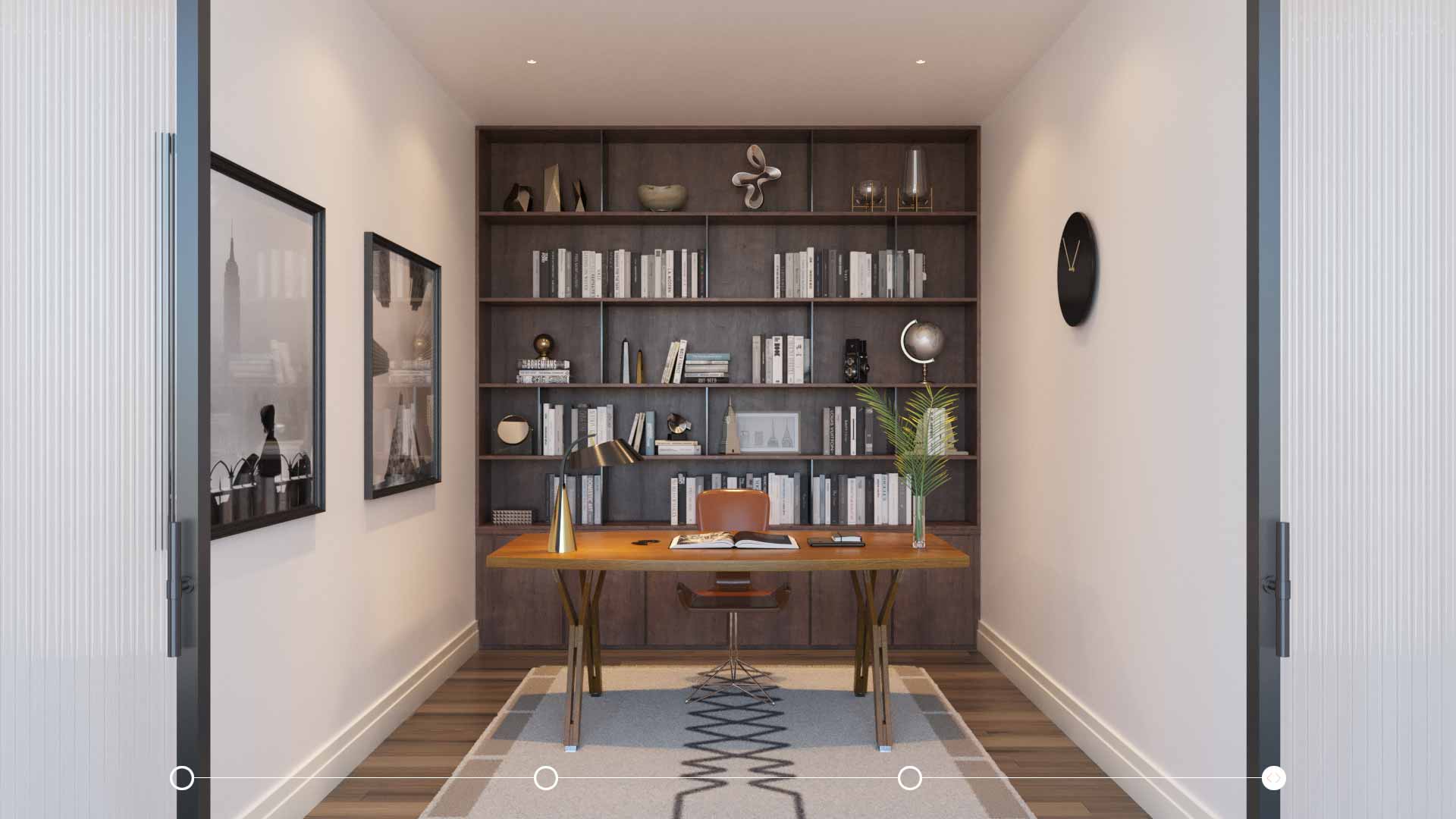That said, the separation between indoors and out is more important than ever, and designers predict that psychology will have a serious impact on design.
“Our clients are already asking for mudrooms with a bathroom, shower, and washer/dryer” to allow for a complete desensitization upon entering the house, says designer Nicole Fuller. Chicago-based Katie Wozniak agrees, citing “back entrances” as a design element that will grow moving forward.
But these spaces are about more than just an amended footprint. Indeed, the concept of a distinct barrier between outside and inside may fundamentally change the way we approach entering our—and other people’s—homes. “That process may become part of some new, beautiful ritual we have,” says Rolston.
This idea touches on something that connects every prediction designers are making: an increased thoughtfulness in design, be it in the way we move through and use a space, the way we protect it, or the things we put in it. Several people I spoke to cited this, coupled with rough economic times, as an impetus to support more small, local businesses. Similarly, the pause on project timing may allow more patience for hand-crafted elements that take longer to produce. After all, if you’re going to be stuck in your home, you might as well be surrounded by things that have meaning, things that you love, and things that will stand the test of time, both in durability and style.
As renowned trend forecaster Lidewij “Li” Edelkoort said on the Business of Fashion podcast last week, “the virus is making us do already the things we for a long time knew we had to do.” So, as we look forward from this time of great uncertainty, let’s find hope in the possibility of starting anew with a rekindled appreciation for wellness, one that’s exemplified in our own health as well as that of our families, the planet, and those responsible for making the things that fill our homes.
“I think it’s a critical time to be a designer—we’re going to help make the physical world an easier and a better place to be,” says Rolston. “In a way, when this is over, designers will be the front line workers of the rebuilding.”


